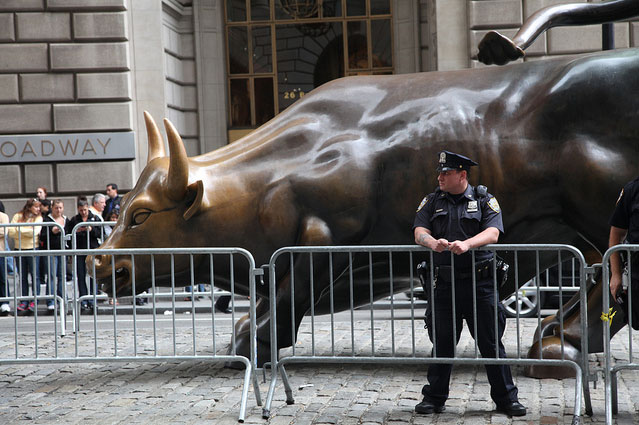The Occupy movement comes under frequent attack from the institutional Left (and, it goes without saying, from the liberal establishment) for not offering a clear list of official demands - for, in other words, not offering a platform.
But that criticism misses the point. Occupy doesn't have a single platform, in the sense of a list of demands. But it is a platform - a collaborative platform, like a wiki. Occupy isn't a unified movement with a single list of demands and an official leadership to state them. Rather, Occupy offers a toolkit and a brand name to a thousand different movements with their own agendas, their own goals, and their own demands - with only their hatred of Wall Street and the corporate state in common, and the Occupy brand as a source of strength and identity.










